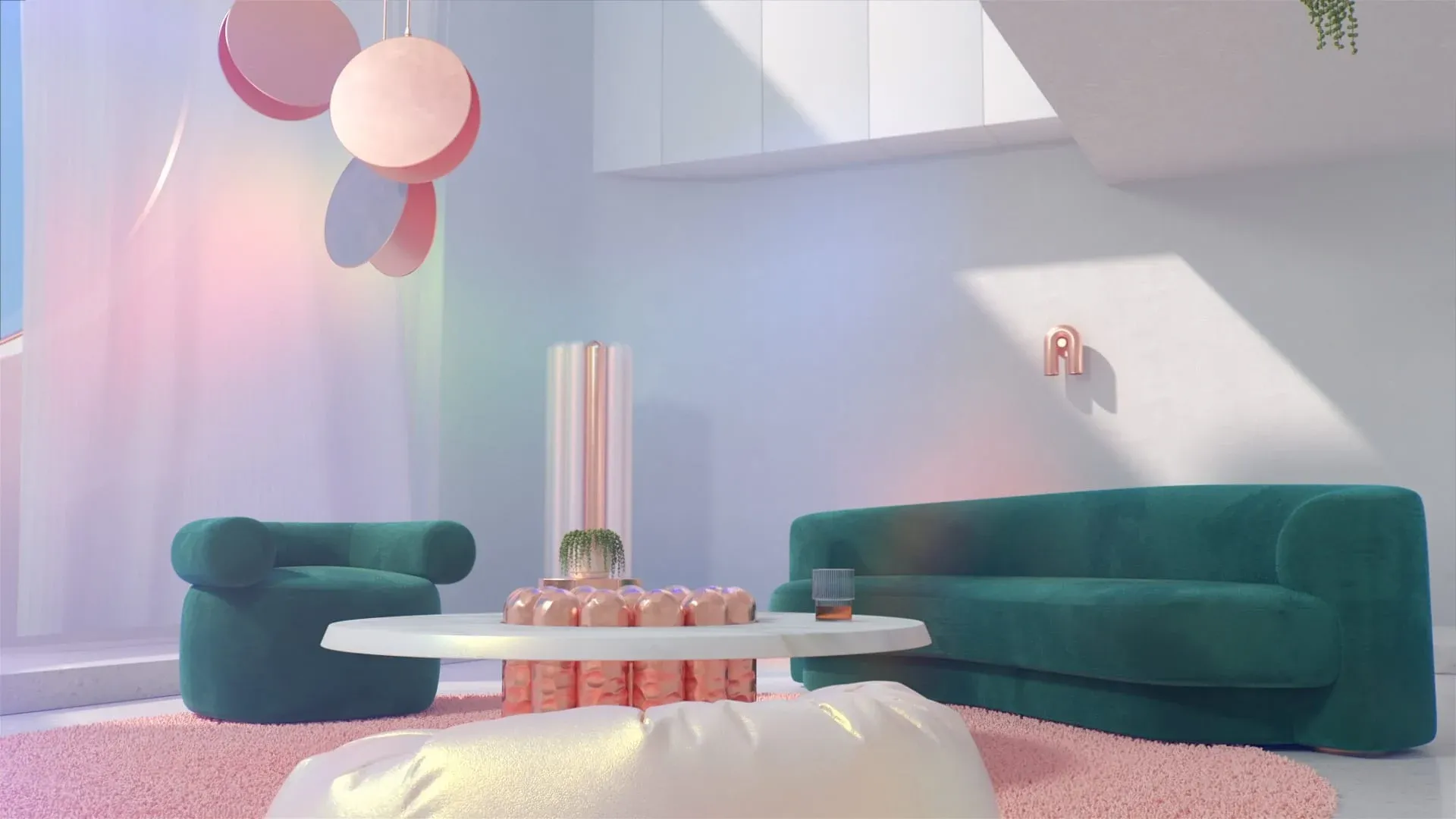Being responsible for a premises is demanding, but there’s no reason why managing a strata painting cycle should add to your worries. Top facilities managers plan their painting maintenance with these 4 foolproof guidelines to ensure there’s one less thing to worry about:
Know the limits of your materials
Even the best quality paints have a lifespan. Find out when the premises was last painted, and plan ahead for the time you can expect it needs a new coat. A repaint is generally needed once every 8-10 years, but if the last job wasn’t done under your management you may want to consider starting a new strata painting cycle immediately. This resets the cycle, and you’ll spend the rest of your time maintaining paintwork that’s done excellently. It’s this proactive attitude is the cost-effective mindset that sets a top facilities manager apart.
Build a checklist of areas, filtered according to priority
List the areas that need painting. Remember to include interior and exterior spaces, and to list any additional maintenance that may have to happen in the space at the same time. Prioritise these areas into categories, listed in order of urgency. Schedule your high-risk/high priority areas for early in the year. For any pro facilities manager, “high risk and high priority” means those areas that need proactive work done, to prevent cumulative maintenance costs. A peeling wall, for instance, would be a high priority — more than being unsightly, cracks in your paintwork open up your wall to the risk of water damage. TIP: Work with a commercial painting service to determine which areas should be prioritized, and to draw up a strata painting schedule for the entire premises.
Determine your budget, and stick to it
More than simply knowing how much your strata painting cycle will cost, you’ll need to know which fund it’s being paid from. Manage your painting costs in relation to the fund, and ensure your fund doesn’t run unexpectedly dry. If necessary, you could motivate for an increased budget/special levy to be applied for some of the bigger painting jobs. TIP: If you’re tasked with convincing a room full of stakeholders, you may want to draw up a few “mock-ups” of what the newly painted premises would look like. Aside from the logical, cost-saving reasons that call for immaculate paintwork, you may find people receptive to the simple reason that a well-painted property looks more professional. With a colour picker tool, you could even demonstrate multiple colour options to them and invite them to choose their favourite!
Work with a team you can trust
Commercial painters are experts in maintaining the interior and exterior of large premises through paint. Let them help you! Draw on the help of experts, to shore up the gaps in your knowledge. Besides, hiring a team of master painters with strata painting experience saves you the anxiety of having to hire and manage a team of private servicemen. It takes time to build trust in any working relationship, but there are a few key markers of a reputable company. When you’re searching for help, check for a company that has a long-term history — experience is the best teacher, and a team that’s been in the industry for more than a decade is definitely not a fly-by-night. Be sure to vet them further by checking up on client references and testimonials, and ensuring they’re registered with the relevant authorities. Once you’ve found your team, you can rest assured that the job’s being done, without you needing to micromanage it.
Because we know how much goes into facilities management, we strive to get our part of the job done efficiently, and discreetly. Contact us for a free, no obligation quote that’s based on a strata painting schedule tailored to you and your tenants’ needs. Benefit from our 40+ years’ experience as commercial painters without the inconvenience of doing it yourself — work with master painters you can trust, who ease the burden rather than make your job more complex.








